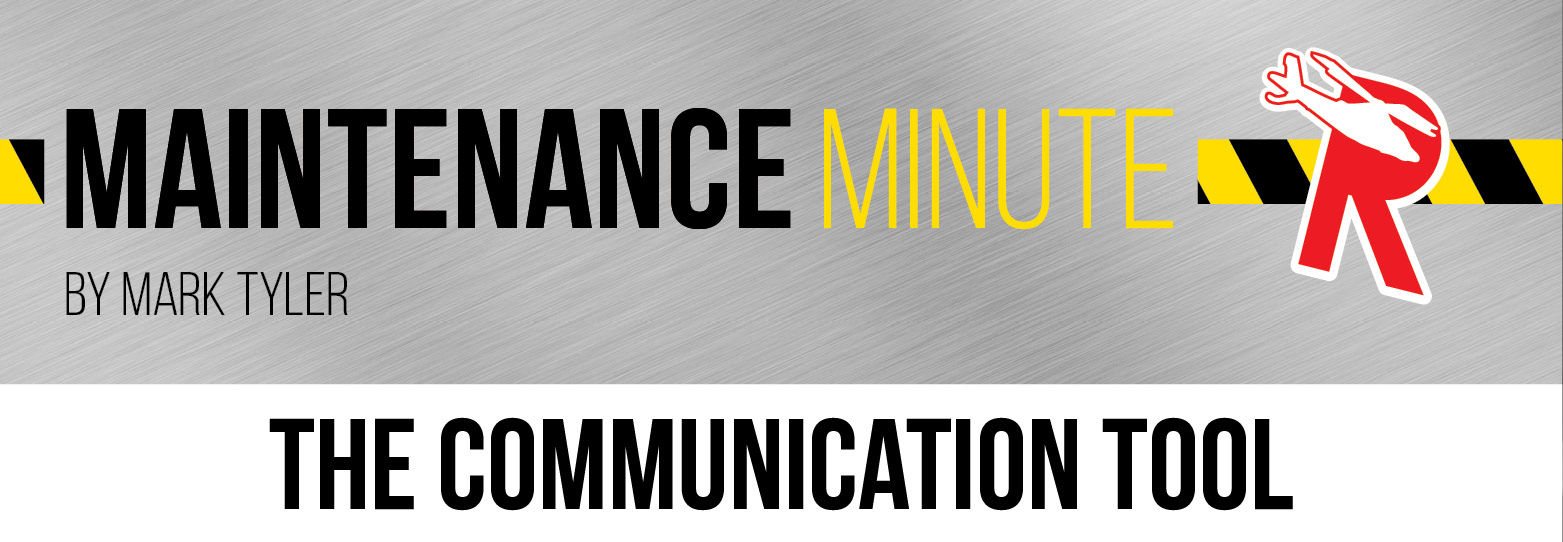|
Feb
08
2021
|
|
Posted 4 years 326 days ago ago by Admin
|
|

My first exposure to aviation began in the U.S. Air Force. When training in my chosen field was postponed, I was asked to crosstrain to a secondary career field. “We really need aircraft mechanics,” I was told. I readily agreed, and so the adventure began. Later, as a crew chief for the F16 Fighting Falcon, I quickly learned the importance of marshaling aircraft and the use of hand signals…flight controls-check, speed brake-check, stop, go, chock, and the aircraft salute. Little did I know at the time that these simple hand signals would become part of an especially important essential tool that we must use every day. We have already discussed the tool of integrity: doing the right thing, and the tool of commitment: the fuel for action. Let us now look at the essential tool of communication.
Communication has been defined as imparting or exchanging information. This literally happens thousands of times each day. As an aircraft mechanic we must ensure that everything we do is clearly defined and imparted to all involved. Effective communication includes written, spoken, and yes, hand signals. If we are to establish a culture of safety and excellence, information sharing is vital.
The most basic and yet most important means of communication in aviation is the aircraft logbook. This is where we aircraft mechanics get to tell the story of what has been accomplished in maintenance and inspection and also where pilots tell the story of a normal flight or one filled with obstacles. This is the ultimate shift turnover log and yes, it lives as the aircraft lives. The aircraft logbook is the universal language of communication in aviation maintenance and operation.
Another important step in the communication process is the art of listening more and speaking less. Do you listen to your helicopter when it speaks? Do you have ears to hear? What is your machine saying when you have a high TOT? What about if you are frequently blowing strobe lights? What is it saying at one chip light, or two chip lights, and screaming at you with three chip lights?
Effective communication can be a simple word. When the pilot yells “Clear!” before he engages the engine or a mechanic in the hangar yells “Clear!” before he turns the rotor. A single word can prevent someone from being injured or killed.
Effective communication leads to understanding and understanding can enhance safety.
At the end of the day, we all want to go home safely to our families. We impart or exchange information all day. We speak, yell, write, and sometimes use hand signals but we ensure that information flows to the correct person or place. Communication is the connection that links us and our situations together. When we clearly communicate, we are utilizing the essential tool that will safely guide our way to make flying and maintenance safe and fun.
About the author: Mark dedicated the majority of his career serving the helicopter EMS community from Base Mechanic to Director of Maintenance. As Vice President & General Manager of Precision Aircraft Services, Mark now serves helicopter operators from many sectors to include Air Ambulance, Law Enforcement, Private Owners, etc. When not at work, Mark can be found spending time with his family or sitting in a tree stand.